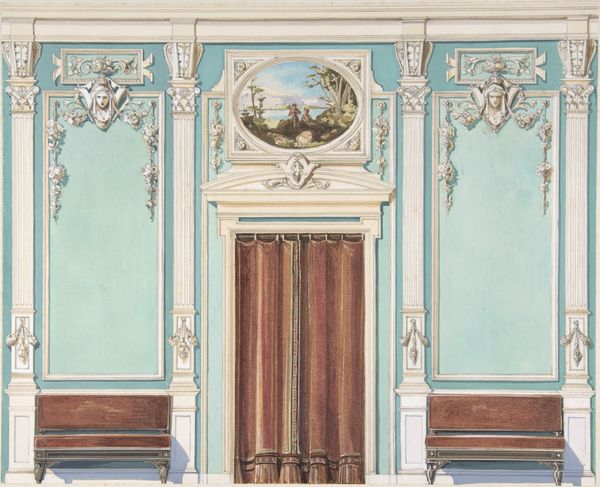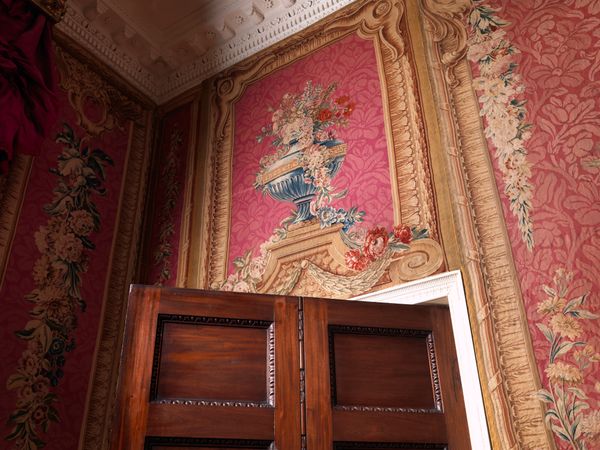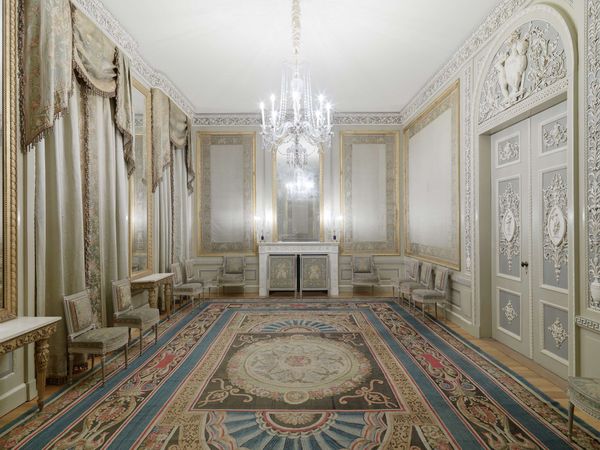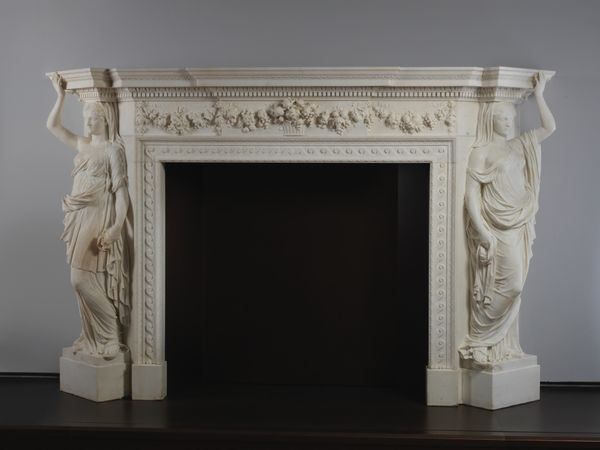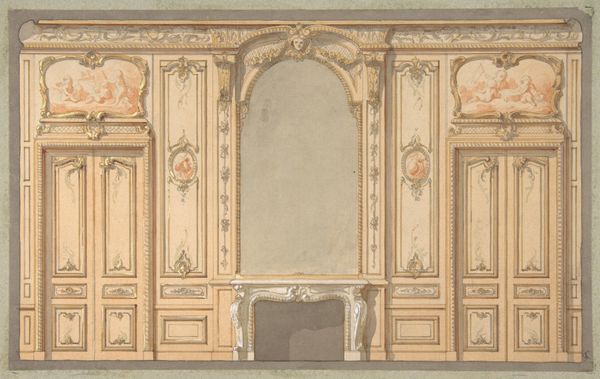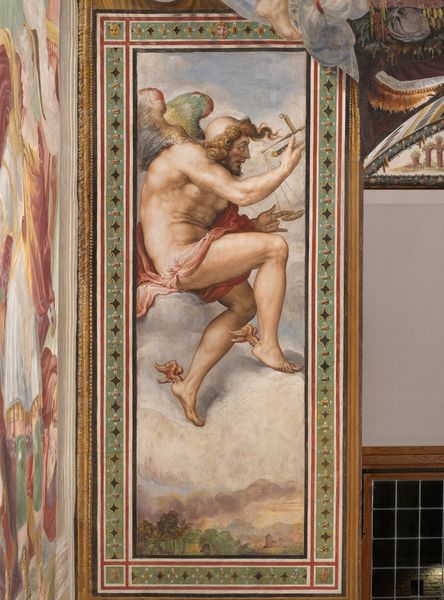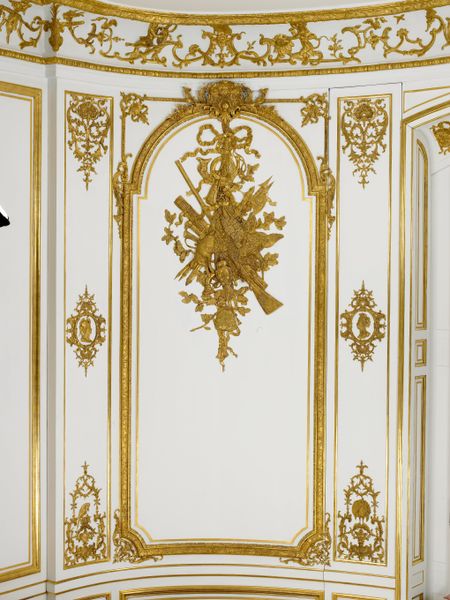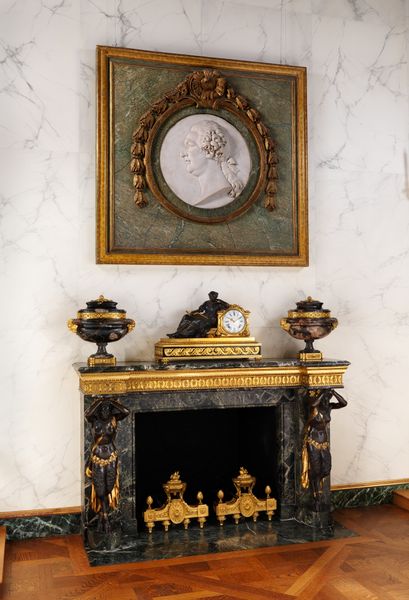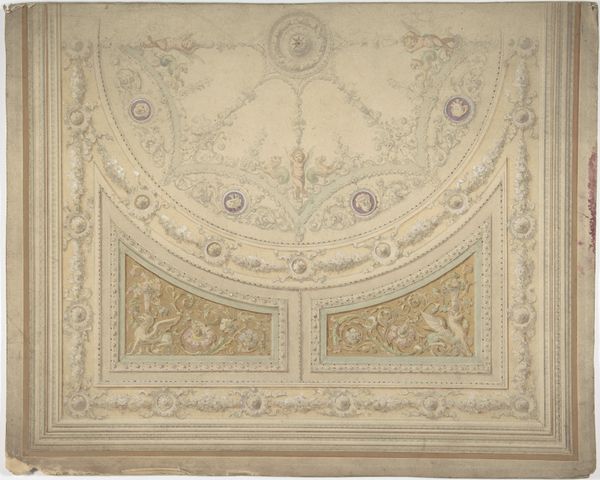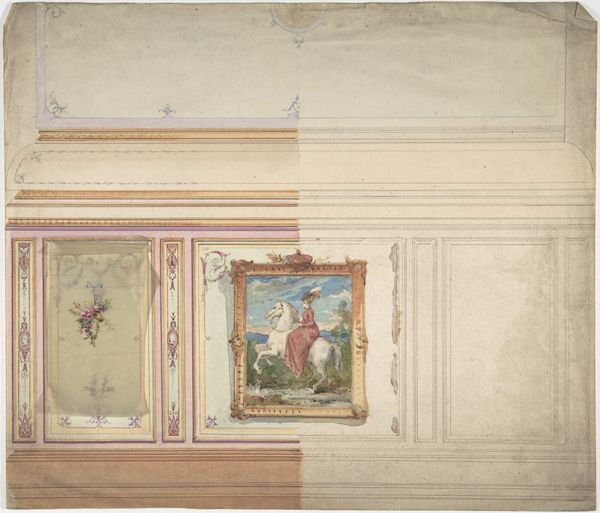
sculpture, marble
#
portrait
#
neoclacissism
#
sculpture
#
landscape
#
figuration
#
sculpture
#
decorative-art
#
marble
#
statue
Dimensions: Height: 61 1/4 in. (155.6 cm)
Copyright: Public Domain
Editor: This is "Nymph," a marble sculpture from the early 1800s, placing it somewhere between 1800 and 1815. It’s here at the Met, and it’s striking how perfectly it fits within this elaborate, decorative alcove. What stands out to you about this piece, from your perspective? Curator: Well, situating it in its historical moment, the rise of Neoclassicism is critical. Consider how this "Nymph," in her idealized form, participates in a broader cultural project. Neoclassicism wasn't just about reviving classical aesthetics, but about linking contemporary society to the perceived virtues and stability of the ancient world. This aesthetic was especially favored by emerging democracies or nations seeking to establish a new, stable order following periods of revolution or upheaval. Why do you think sculptures like this were so popular during this era? Editor: Maybe they wanted to create a sense of legitimacy and permanence, borrowing from the gravitas of ancient Rome and Greece? It’s like they were visually declaring a connection to a powerful historical legacy. Curator: Precisely! The placement within an aristocratic home elevates both art and owner. Can you imagine this in a public park, for example? How would that influence its reading? Editor: That’s a good point, in a public setting the "Nymph" may serve a didactic function of teaching civic virtues rather than celebrating elite ownership. How does the Neoclassical style enhance this political purpose? Curator: Its emphasis on clarity, order, and restraint provided an aesthetic language deemed suitable for conveying ideas of reason and civic responsibility, but notice the sculpture and alcove work together. Think of the museum display itself as a conversation about values. We control its reception and prolong its purpose. Editor: That’s a very compelling point. I never thought about the gallery as an active participant in creating meaning. I'll definitely view similar works through this lens going forward. Thanks for pointing it out.
Comments
No comments
Be the first to comment and join the conversation on the ultimate creative platform.
